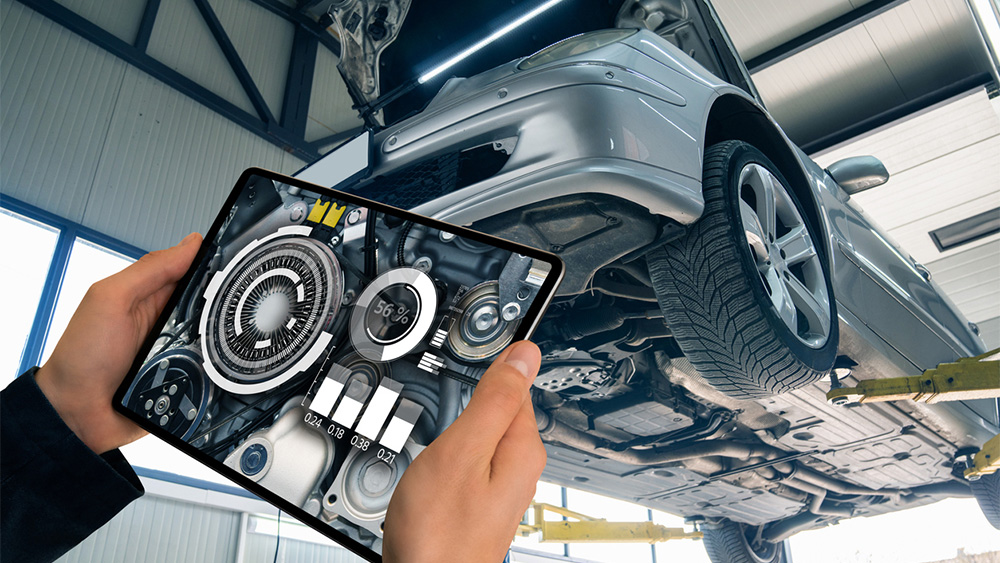D uring the past decade, manufacturers have wired their plants with sensors, robots, and software. Yet many “AI-driven” systems still miss the mark. They analyze numbers but fail to understand the physical reality behind them: the parts, spaces, and movements that make up production itself.
|
ADVERTISEMENT |
“Physical AI” changes that. It’s a form of artificial intelligence built on detailed 3D models of the real world so machines can learn not just from data tables but from physical realities: how things look, fit, and behave. In practice, it means algorithms that can interpret geometry, predict variation, and adapt to change, bringing a new level of perception to manufacturing.
Why so many AI projects underperform
Most factories already have dashboards full of data. The problem isn’t quantity; it’s relevance. AI systems trained on spreadsheets or two-dimensional images often fall apart when faced with real-world messiness like dust, glare, worn parts, or misalignment. They can spot an outlier but don’t know why it matters.
…

Add new comment